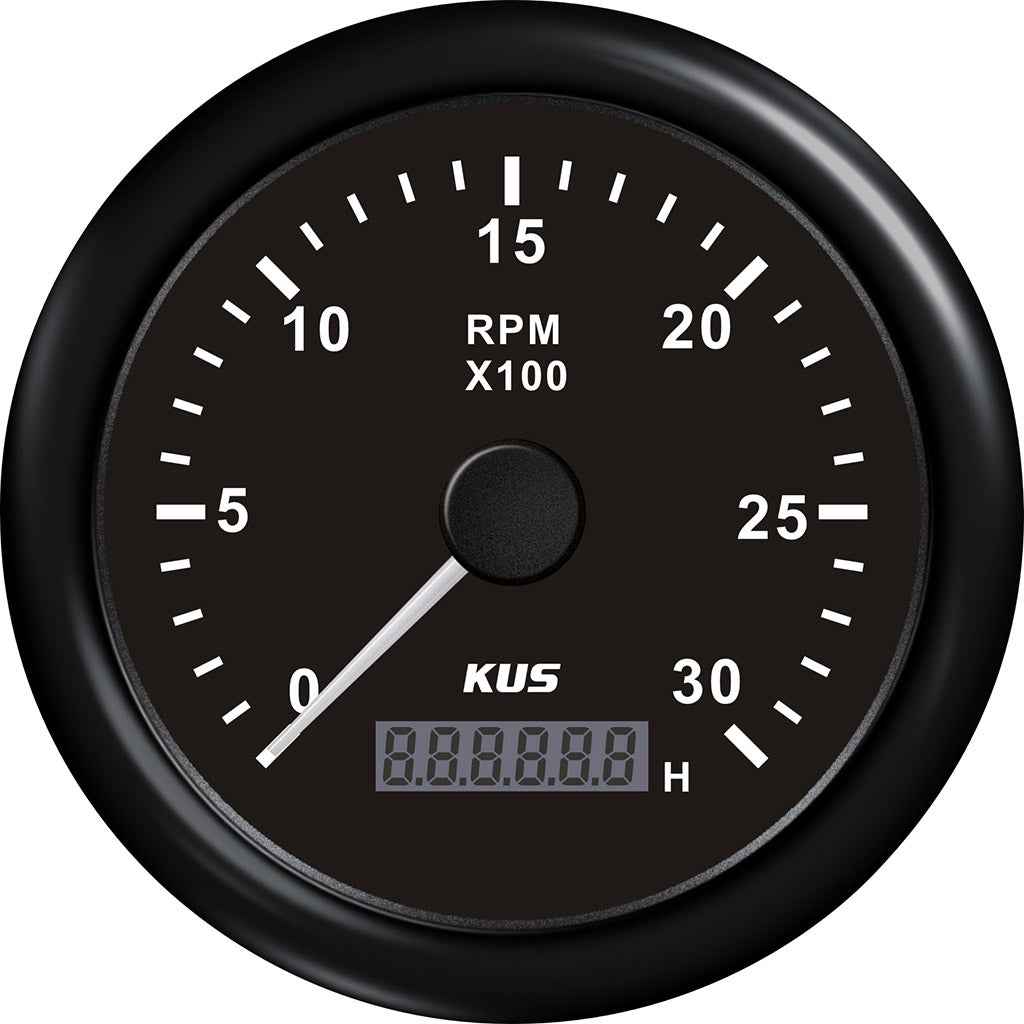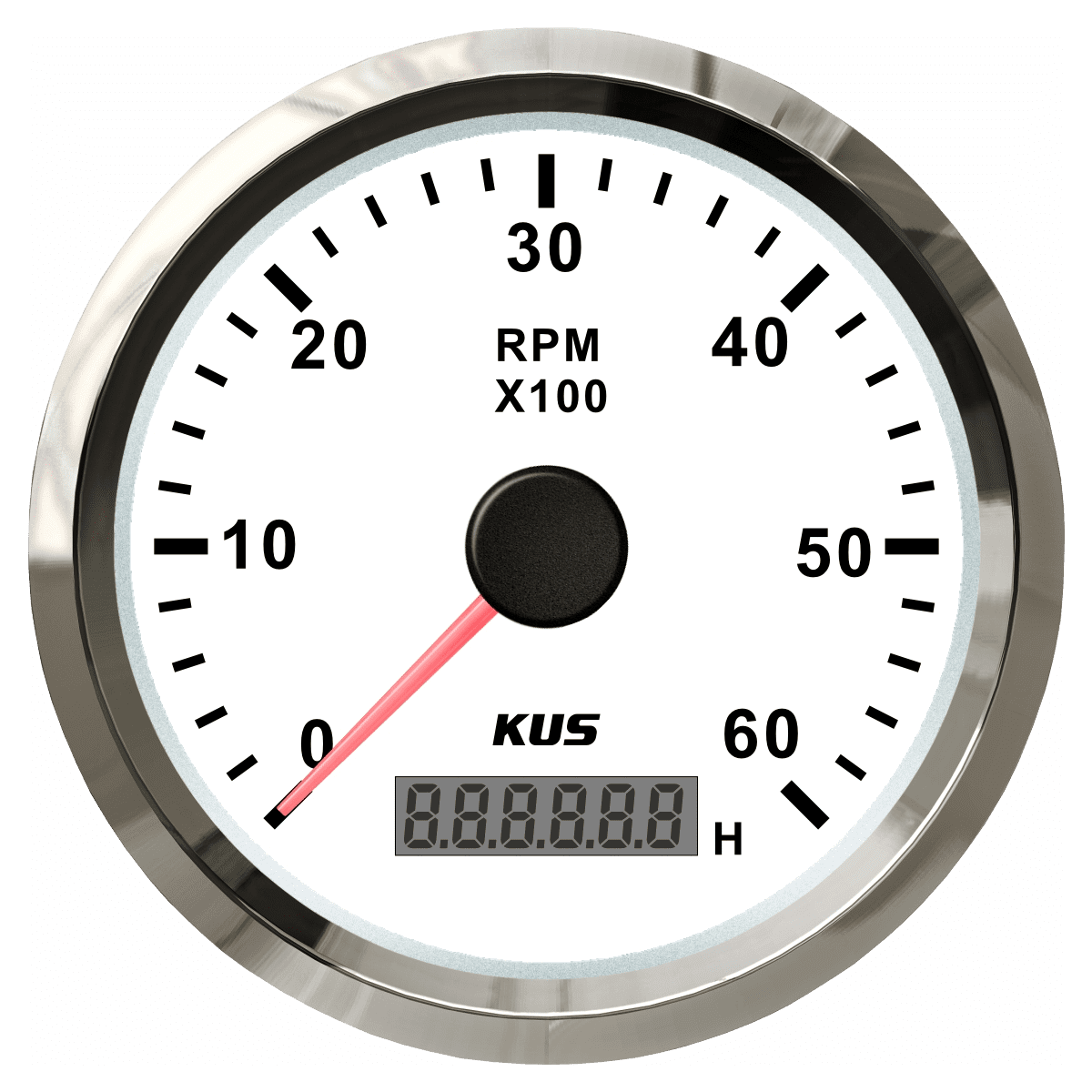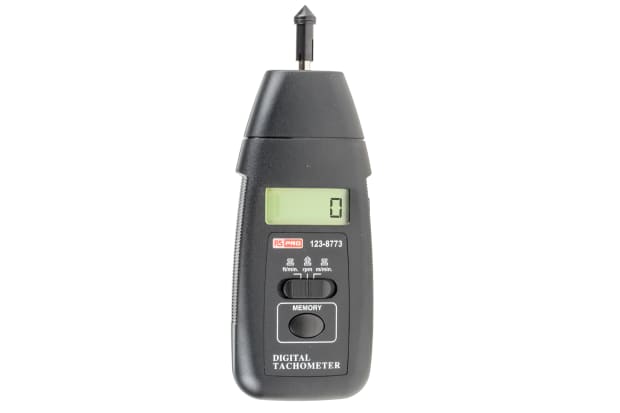Exactly How a Tachometer Aids Monitor Engine Wellness and Performance
Exactly How a Tachometer Aids Monitor Engine Wellness and Performance
Blog Article
The Importance of a Tachometer in Keeping Track Of Engine Rate and Efficiency in Automotive Applications
In the world of vehicle engineering, the tachometer stands as an essential instrument in the motorist's toolbox, giving a straight window right into the inner workings of a car's engine. Past its feature as a simple gauge of changes per min (RPM), the tachometer offers as a vital tool for enthusiasts and specialists alike, supplying real-time understandings right into engine performance and health. Recognizing the significance of this tool exceeds surface-level observations, diving into the complex connection in between engine rate, power result, and total driving experience. As we explore the complex duty of the tachometer in vehicle applications, a much deeper recognition for its influence on car characteristics and effectiveness starts to emerge.
Relevance of Monitoring Engine RPM
Keeping track of engine RPM, or transformations per min, is a vital element of vehicle upkeep and performance assessment. Engine RPM directly associates with the rate at which the engine's crankshaft turns, suggesting exactly how quickly the engine is running - tachometer. By checking RPM, mechanics can assess the wellness of the engine, identify potential concerns, and fine-tune performance. An abnormal RPM reading might signify issues such as engine misfires, damaged ignition system, or problems with the fuel distribution system. Consistently high RPM analyses might suggest hostile driving practices or the need for a higher gear change to enhance fuel effectiveness.
Moreover, checking engine RPM is important for performance assessment in racing and high-performance cars. Maintaining optimum RPM degrees is essential for achieving peak power output and acceleration. Racers usually utilize tachometers to ensure they are running within the ideal RPM range for maximum performance. In recap, keeping track of engine RPM is not only essential for discovering concerns yet likewise for maximizing engine performance in various automotive applications.

Benefits of Real-Time Data
In vehicle applications, real-time information plays a vital function in giving instant insights into the performance and condition of the automobile. By continually checking various parameters such as engine speed, temperature, fuel consumption, and extra, real-time information offers countless benefits that add to enhanced effectiveness and safety when driving.
Additionally, real-time information helps with efficiency optimization by offering immediate responses on driving routines and engine efficiency. Motorists can readjust their actions in real-time based on this info to achieve better gas economic situation and extend the life-span of their lorry.

Moreover, real-time data plays an important function in modern automotive diagnostics, making it possible for service technicians to swiftly detect and address malfunctions. This leads to lowered downtime, reduced maintenance costs, and ultimately, boosted total lorry dependability and long life (tachometer). By taking advantage of the power of real-time information, vehicle stakeholders can make enlightened choices that favorably impact both the performance and longevity of the vehicle
Impact on Equipment Shifts
The tachometer plays an essential role in enhancing gear changes by giving real-time engine speed data to the driver. When coming close to the redline on the look at this site tachometer, it indicates the driver to upshift to avoid over-revving the engine and triggering potential damage.
Furthermore, the tachometer help in accomplishing smoother gear transitions, particularly in hand-operated transmissions. By checking engine speed, chauffeurs can execute equipment shifts at the ideal RPM variety, minimizing snagging motions and lessening endure the transmission elements. This precision in equipment adjustments not just boosts driving convenience yet likewise adds to fuel effectiveness.
Enhancing Fuel Performance
Provided the vital duty the tachometer plays in enhancing gear changes for efficiency and engine wellness, it straight adds to maximizing fuel effectiveness in auto applications. By more info here providing real-time responses on engine speed, the tachometer aids motorists in maintaining one of the most effective RPM variety for gas economy. When chauffeurs regularly keep track of the tachometer and change their motoring behaviors as necessary, they can prevent unneeded fuel intake brought on by over-revving or carrying the engine.
Moreover, the tachometer assists drivers recognize the most fuel-efficient equipment to be in at any type of provided moment, protecting against the engine from functioning more challenging than required. This is particularly critical throughout acceleration and travelling, where being in the best gear can significantly impact gas performance. Furthermore, the tachometer can alert vehicle drivers to prospective mechanical problems that can be adversely impacting gas economic climate, such as a sliding clutch or a blocked air filter. In verdict, the tachometer acts as a valuable device in enhancing fuel efficiency by promoting optimum driving behaviors and identifying areas for improvement in the vehicle's performance.

Making Best Use Of Engine Longevity
The tachometer's function in checking engine rate and performance is important in guaranteeing the long life of automobile engines. Keeping track of the tachometer enables motorists to remain within the advised RPM array for their car, stopping unnecessary pressure on the engine and expanding its life-span.

Verdict
To conclude, the tachometer plays a critical role in keeping track of engine rate and efficiency in automotive applications. By supplying real-time data on RPM, it permits efficient equipment changes, boosted fuel performance, and made best use of engine longevity. This tool is vital for preserving ideal engine performance and making sure the general capability of a lorry.
Report this page